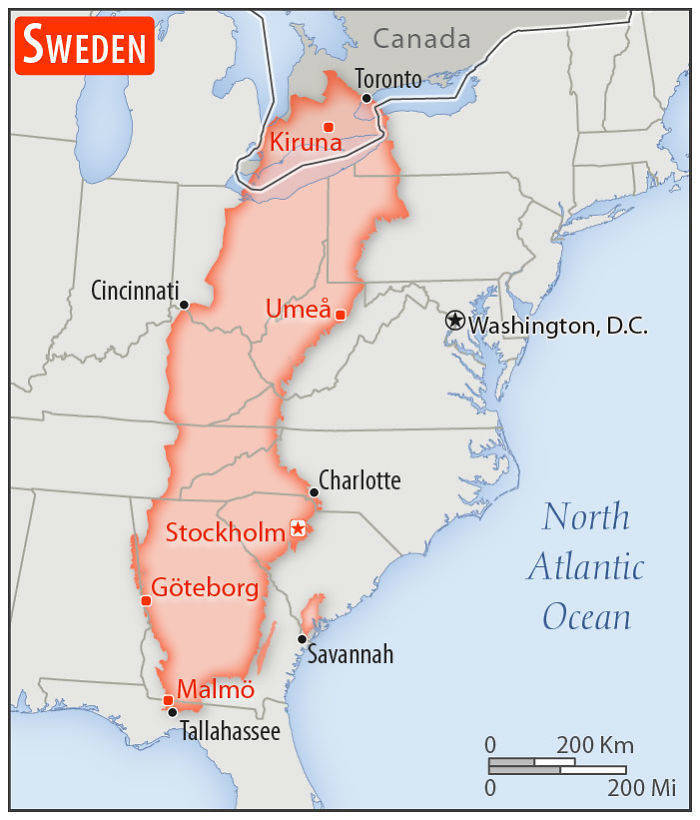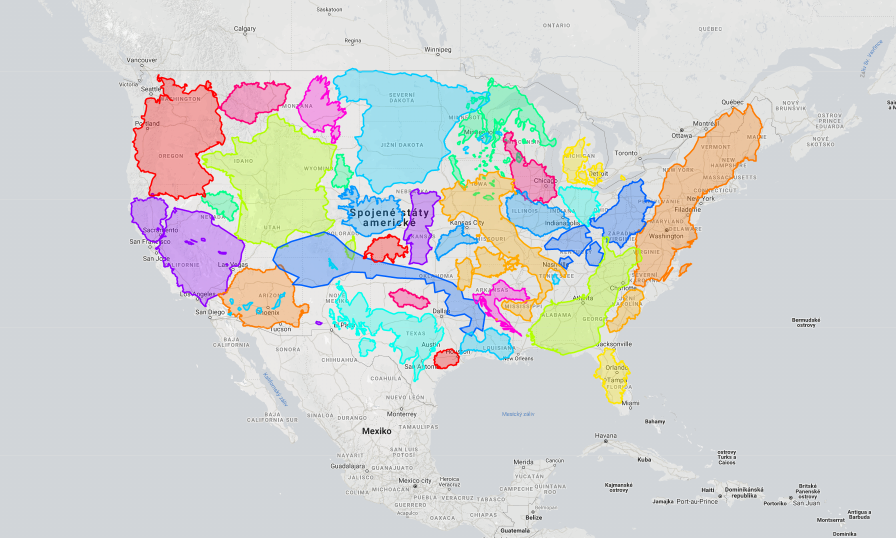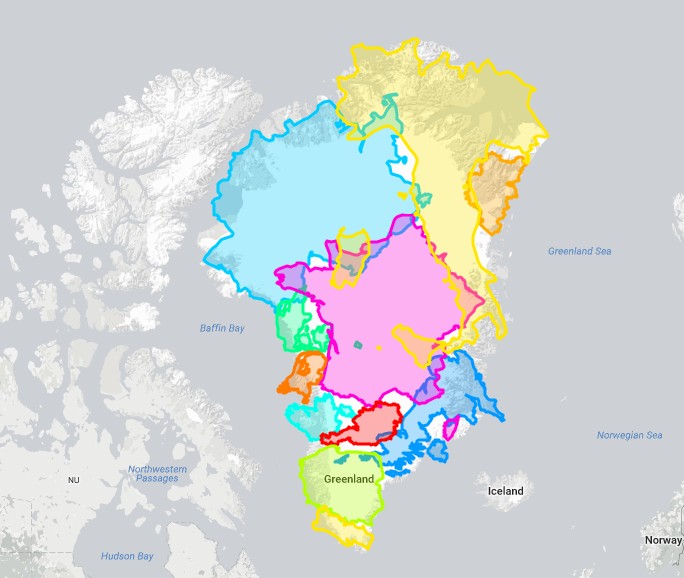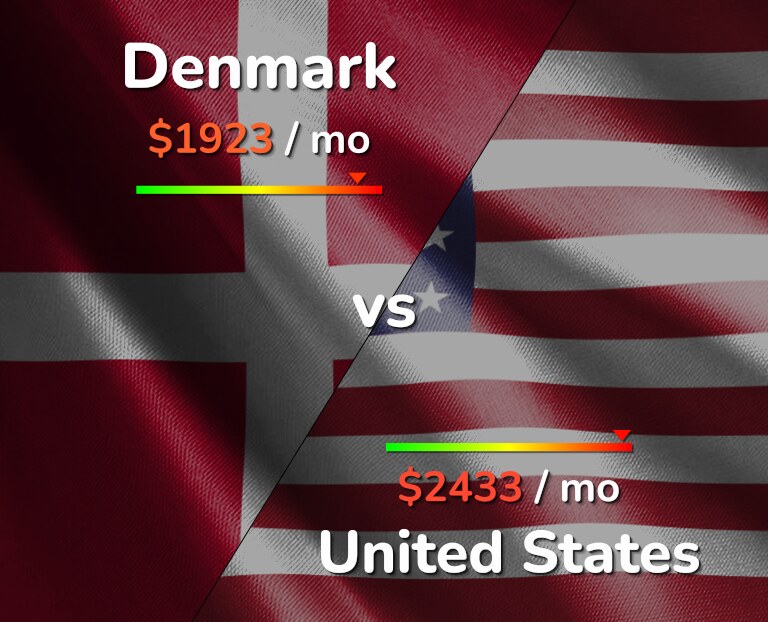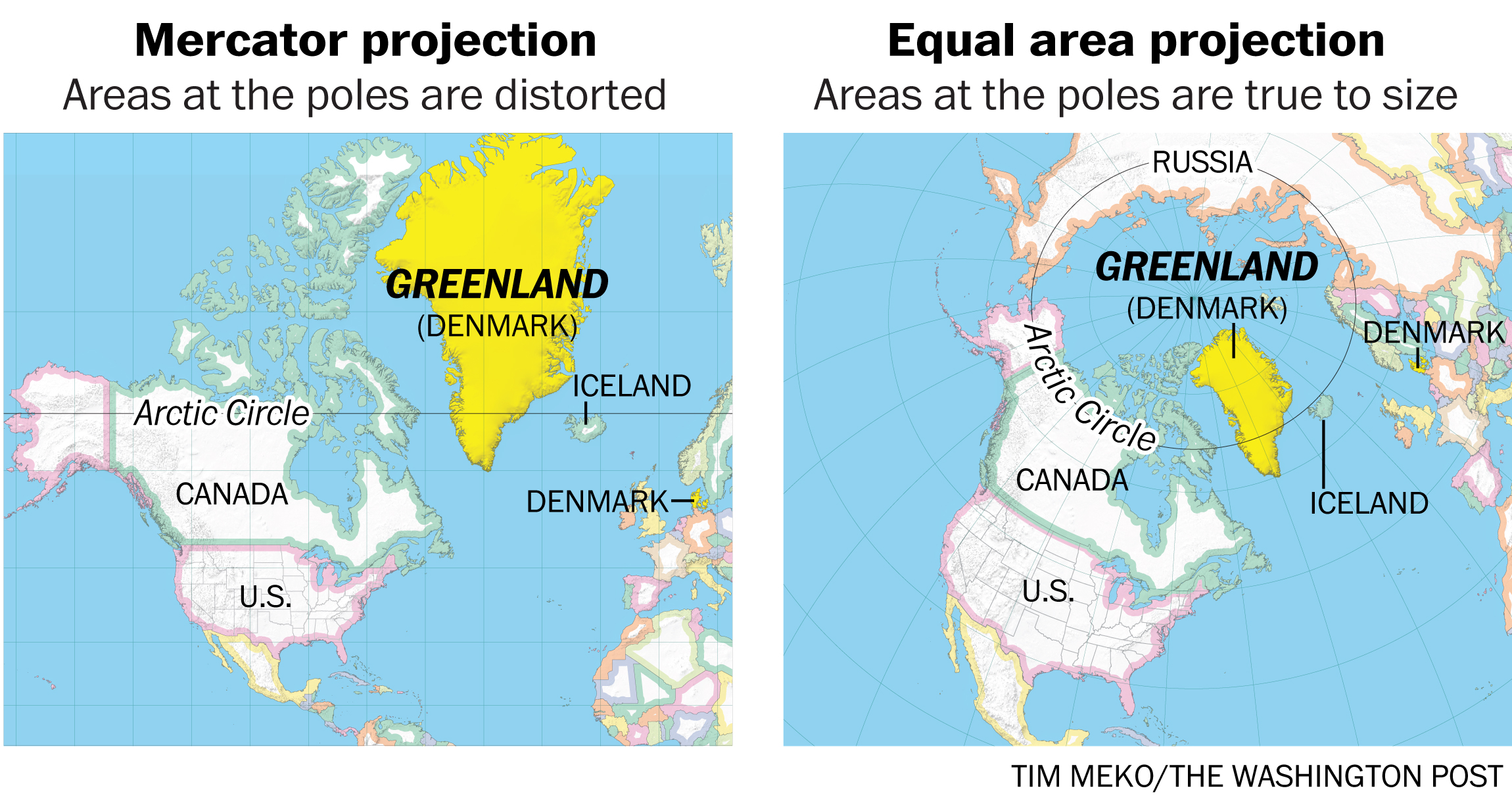Size Of Denmark Compared To Us

The sheer scale of the United States often overshadows smaller nations, making comparative analyses crucial for understanding global dynamics. A frequent point of reference is Denmark, a country renowned for its high quality of life, innovative policies, and distinct cultural identity. Understanding the size difference between these two nations isn't merely an exercise in geography; it's a gateway to appreciating their contrasting approaches to governance, resource management, and international relations.
This article delves into a detailed comparison of the geographical sizes of Denmark and the United States. We will explore the implications of this size disparity on various aspects, from population density and economic strategies to environmental concerns and geopolitical influence. By examining credible data and authoritative sources, this analysis aims to provide a nuanced perspective on the contrasting realities shaped by physical dimensions.
Geographical Footprint: Denmark vs. The United States
Let's start with the raw numbers. Denmark covers an area of approximately 42,943 square kilometers, or roughly 16,577 square miles. This includes the mainland Jutland peninsula and numerous islands.
The United States, in stark contrast, spans a colossal 9.8 million square kilometers, translating to about 3.8 million square miles. This makes the United States approximately 228 times larger than Denmark.
To put it into perspective, you could fit the entire country of Denmark inside the state of Wisconsin more than twice. The sheer scale of the United States allows for diverse climates, ecosystems, and a vast array of natural resources not found in smaller nations.
Population and Density
Denmark's population is relatively small compared to its land area, housing around 5.9 million people. This results in a population density of approximately 137 people per square kilometer.
The United States, with a population exceeding 330 million, has a significantly lower population density overall. It averages about 36 people per square kilometer.
However, it's important to note that the U.S. population is unevenly distributed, with dense urban centers contrasting vast sparsely populated regions. This contrasts with Denmark, where population distribution is relatively more uniform.
Economic Implications
Denmark, despite its small size, boasts a highly developed and competitive economy. It is known for its strong social safety net, advanced technology, and focus on sustainable practices.
The compact size allows for efficient infrastructure and streamlined logistics. This fosters innovation and facilitates strong international trade relations.
The United States, benefiting from its vast resources and diverse industries, has the world's largest economy. Its size enables economies of scale and supports a wide range of economic activities, from agriculture and manufacturing to technology and finance.
However, managing such a large and complex economy presents unique challenges. These include infrastructural disparities and regional economic inequalities.
Environmental Considerations
Denmark's small size makes it particularly vulnerable to environmental challenges, such as sea-level rise and pollution. This vulnerability has driven a strong focus on sustainability and renewable energy.
Denmark is a leader in wind power and other green technologies. It is setting ambitious goals for reducing carbon emissions.
The United States, with its immense geographical diversity, faces a broader spectrum of environmental issues. These include deforestation, water scarcity, and the impacts of climate change on diverse ecosystems.
The scale of these challenges requires complex and often contentious policy solutions. Implementing nationwide environmental regulations can be particularly difficult due to regional differences and competing interests.
Geopolitical Influence
While Denmark is a relatively small country, it wields significant influence in international affairs. It is a member of the European Union and NATO, and is respected for its diplomatic efforts and commitment to international cooperation.
Its size necessitates a focus on multilateralism and building strong alliances.
The United States, as a global superpower, holds immense geopolitical influence. Its economic and military might allows it to shape international agendas and exert considerable influence on global events.
This position also carries significant responsibilities and necessitates navigating complex geopolitical landscapes.
Looking Ahead
The size difference between Denmark and the United States is a fundamental factor shaping their respective realities. Denmark's compact nature fosters efficiency, innovation, and a strong sense of community. The United States benefits from vast resources and a diverse economy, but also faces complex challenges related to scale.
Understanding these differences is crucial for appreciating the diverse approaches countries take to address global challenges. From climate change and economic development to international security and social welfare, the size and scale of a nation profoundly influence its strategies and priorities.
As the world becomes increasingly interconnected, comparative analyses like these are essential for fostering a more nuanced understanding of global dynamics and promoting effective international cooperation. Examining the contrasts between nations like Denmark and the United States provides valuable insights into the strengths and limitations of different approaches to governance, resource management, and international relations. This ultimately contributes to a more informed and collaborative global community.


